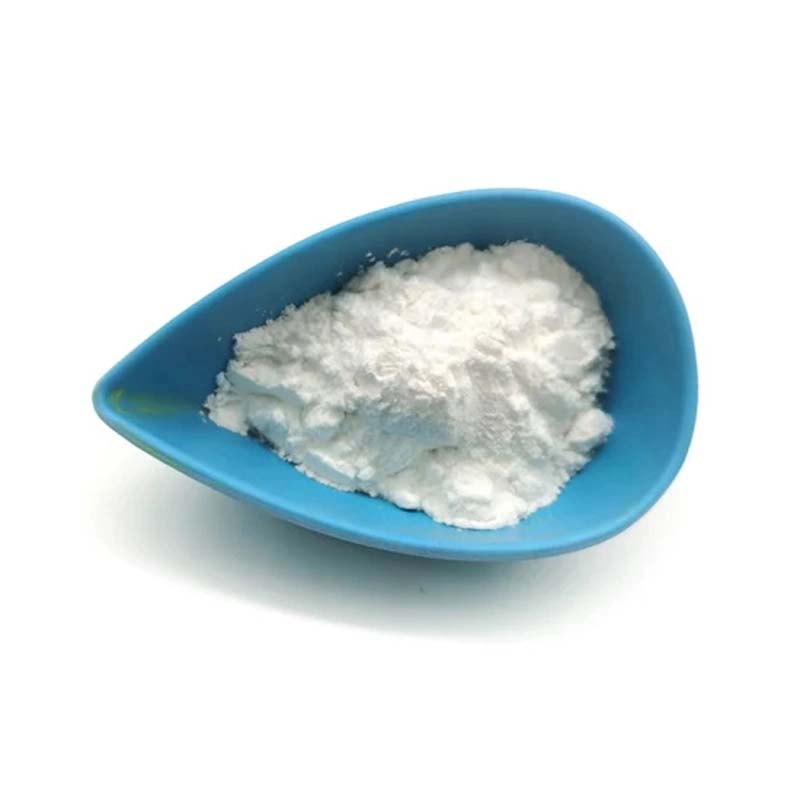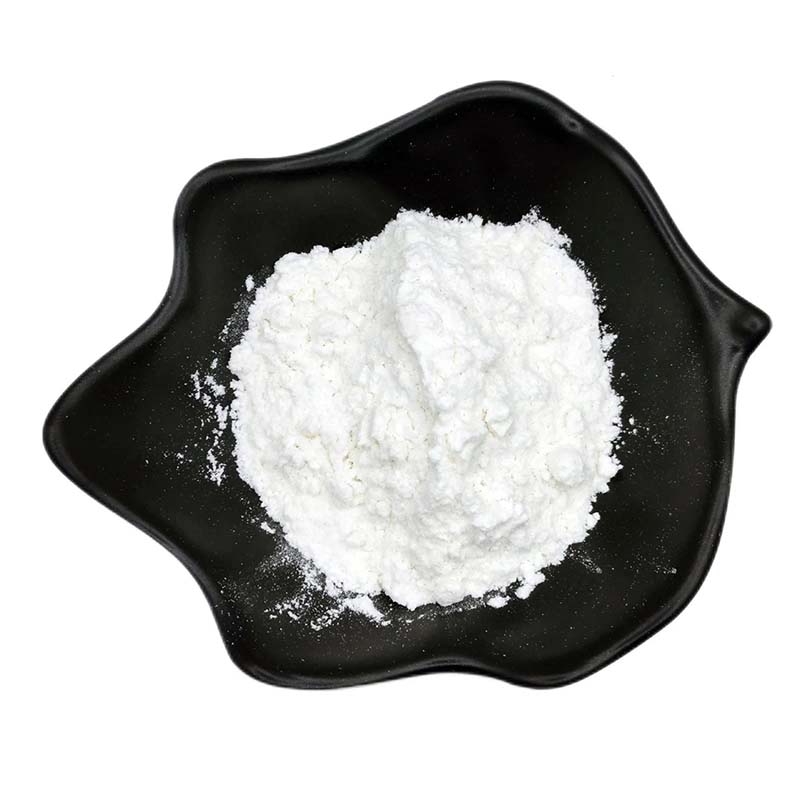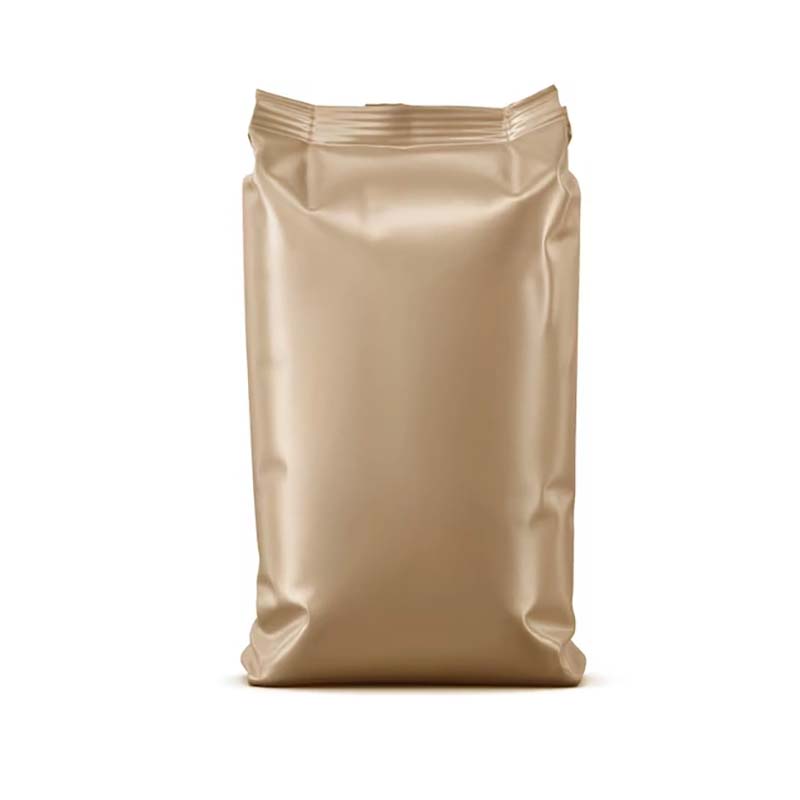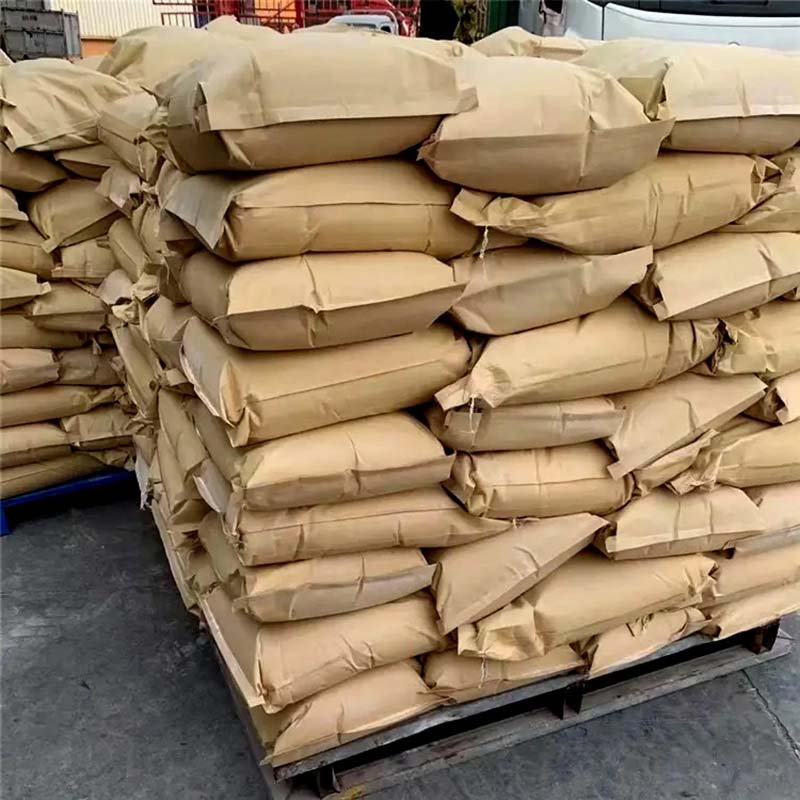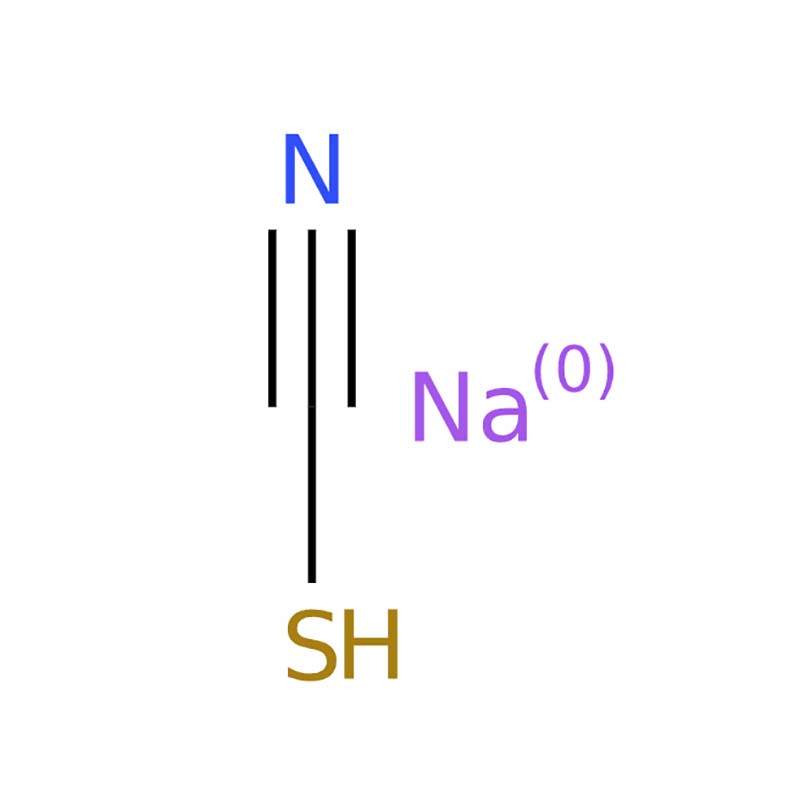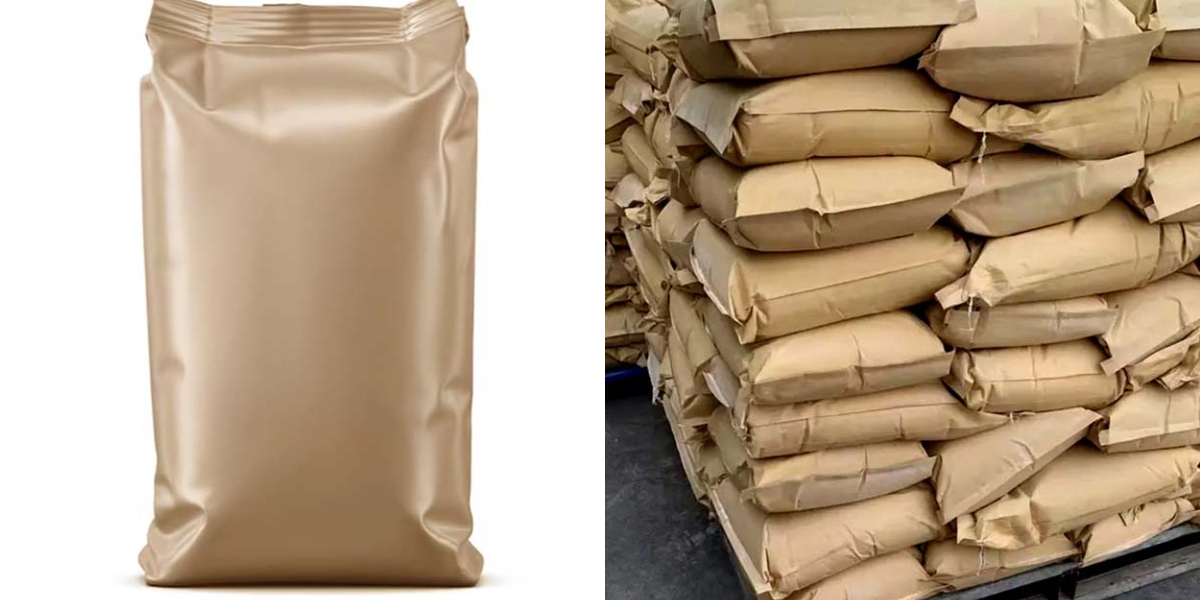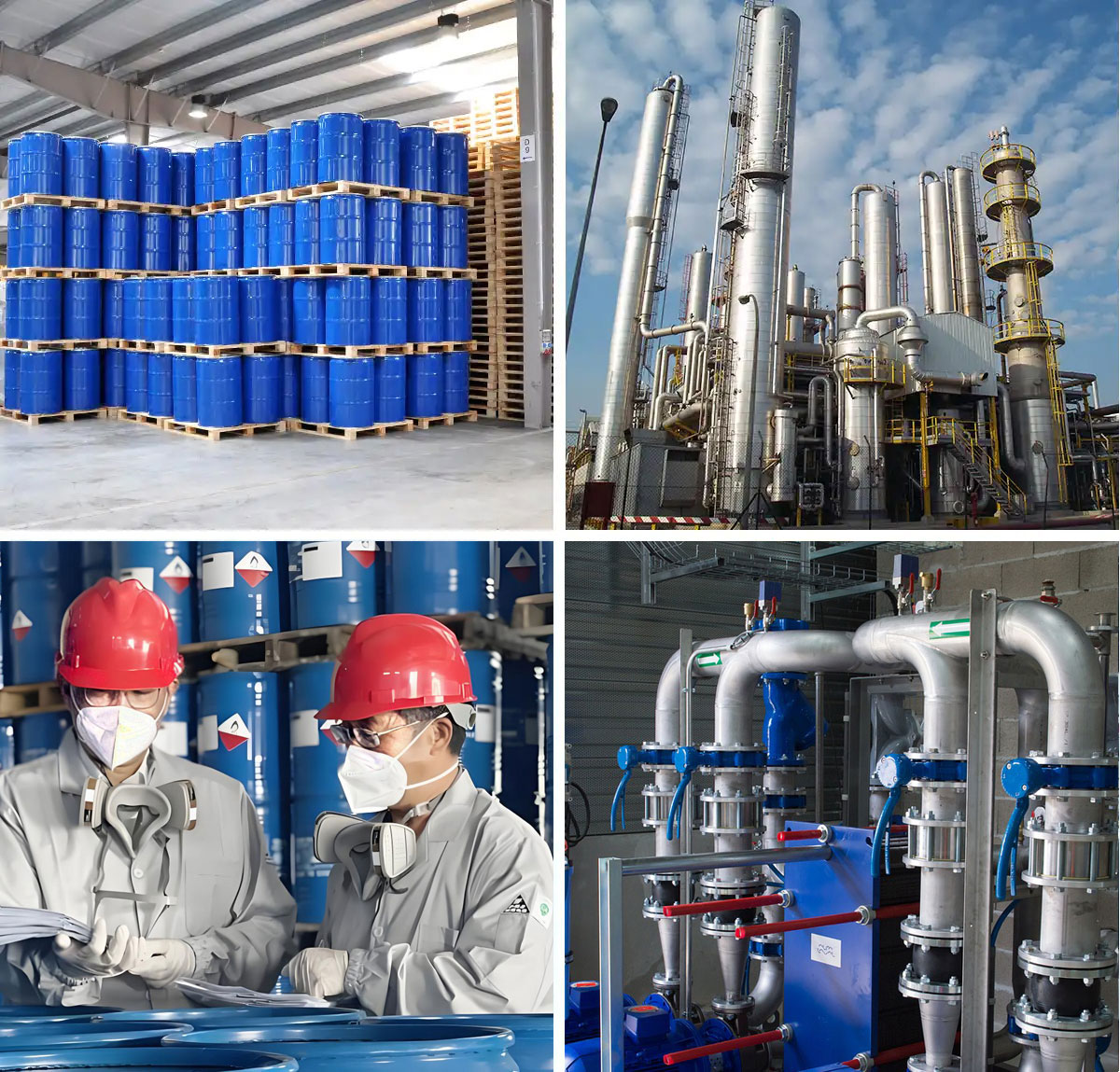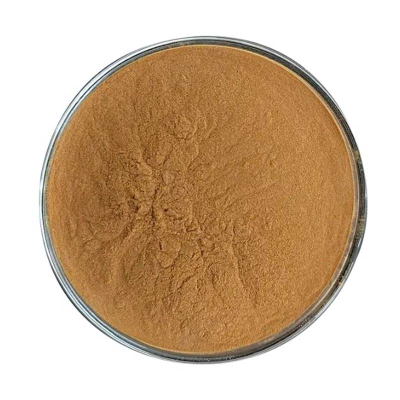Sodium Thiocyanate
High Solubility: Demonstrates excellent solubility in water, ethanol, and acetone, facilitating its use in a wide range of solvent-based systems and chemical processes.
Thermal Stability: Possesses a relatively high melting point (approximately 287°C), enabling reliable performance in high-temperature industrial applications.
Crystal Purity and Density: Presents as white rhombic crystals with a specific relative density of 1.735, ensuring uniform physical characteristics for precise formulation and manufacturing control.
Reactivity for Specialized Applications: Exhibits vigorous reactivity with acids, strong bases, and oxidizing agents, making it valuable in synthetic pathways and analytical procedures that demand rapid or intense chemical transformations.
Sodium thiocyanate presents as a white crystalline solid with a rhombic crystal structure, exhibiting high solubility in water, ethanol, and acetone. The compound has a relative density of 1.735 and melts at approximately 287°C. Under conditions of elevated temperature or ultraviolet radiation, it undergoes decomposition, liberating toxic gaseous compounds including sulfur oxides, nitrogen oxides, and hydrogen cyanide. It demonstrates vigorous reactivity when contacted with acids, strong bases, and powerful oxidizing agents, necessitating appropriate safety precautions during handling and storage.
Parameters
Melting point | 287 °C (dec.) (lit.) |
bulk density | 800-1000kg/m3 |
density | 1.295 g/mL at 20 °C |
vapor pressure | <1 hPa (20 °C) |
refractive index | 1.545 |
storage temp. | Store at +5°C to +30°C. |
solubility | H2O: 8 M at 20 °C, clear, colorless |
form | Solid |
color | White |
Odor | Odorless |
PH | 6-8 (100g/l, H2O, 20℃) |
Water Solubility | 139 g/100 mL (21 ºC) |
Sensitive | Hygroscopic |
Merck | 14,9327 |
BRN | 3594965 |
Exposure limits | NIOSH: IDLH 25 mg/m3 |
Stability: | Stable. Incompatible with acids, strong bases. May decompose on exposure to light. Contact with acid liberates highly toxic gas. |
InChIKey | VGTPCRGMBIAPIM-UHFFFAOYSA-M |
LogP | 0.58 |
CAS DataBase Reference | 540-72-7(CAS DataBase Reference) |
EPA Substance Registry System | Sodium thiocyanate (540-72-7) |
Absorption | cut-off at 276nm in H2O at 8M |
Safety Information
Hazard Codes | Xn |
Risk Statements | 32-52/53-20/21/22-36 |
Safety Statements | 36/37-61-13-46-26 |
WGK Germany | 1 |
RTECS | XL2275000 |
F | 3 |
TSCA | Yes |
HS Code | 28429011 |
Toxicity | LD50 orally in rats: 764 mg/kg; i.v. in mice: 484 mg/kg (Anderson, Chen) |
Sodium thiocyanate serves as a significant chemical raw material with extensive applications across multiple industrial sectors. Its primary function is as a solvent in acrylic fiber spinning, while also being employed in chemical analysis reagents, color film processing solutions, specific plant defoliants, and airport runway herbicides. Further applications extend to pharmaceutical manufacturing, textile printing and dyeing processes, rubber product processing, black nickel electroplating, and the production of synthetic mustard oil, demonstrating its versatile utility in modern industrial processes.



